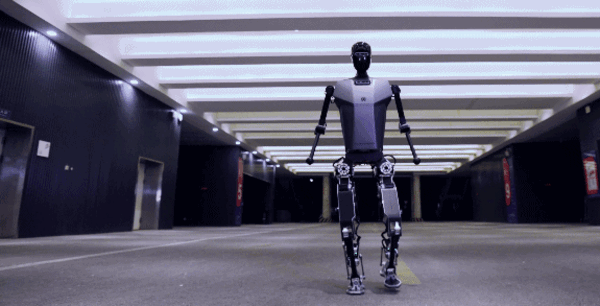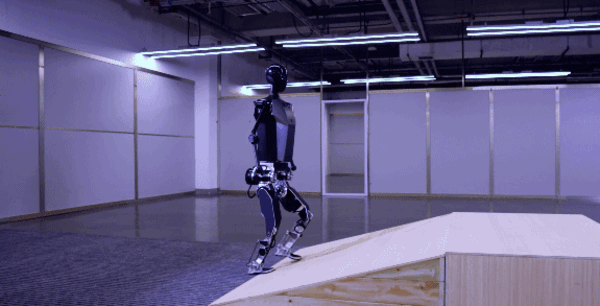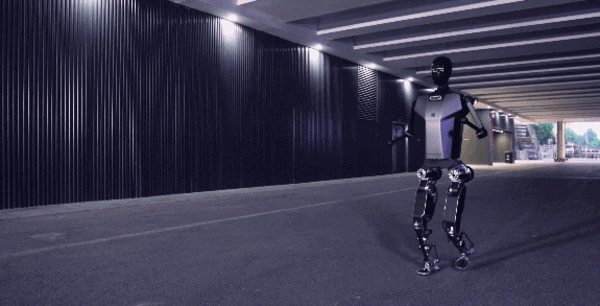The Beijing Humanoid Robot Innovation Center has unveiled the “Tiangong,” a humanoid robot capable of human-like running at a speed of 6 kilometers per hour. This marks a significant development in the field of robotics, with Tiangong being the world’s first fully electrically driven humanoid robot to achieve this feat.

Tiangong Designed for Diverse Applications
Standing at 163 centimeters tall and weighing 43 kilograms, Tiangong boasts a lightweight design that allows for stable running. It utilizes multiple visual perception sensors, a high-precision inertial measurement unit (IMU), and 3D vision sensors, enabling it to navigate its environment effectively. Additionally, the robot is equipped with high-precision six-dimensional force sensors for accurate force feedback.
Tiangong utilizes a new humanoid robot motion skill learning method called “State Memory-based Predictive Reinforcement Imitation Learning.” This method played a crucial role in achieving the robot’s ability to run naturally.

The developers have emphasized the openness and compatibility of Tiangong, allowing for open communication interfaces and flexible expansion of software, hardware, and other functional modules. This adaptability ensures the robot’s potential for various application scenarios.
Tiangong successfully navigated slopes and stairs even without visual input, showcasing its ability to adapt to changing environments. It also demonstrated agility by adjusting its gait when encountering obstacles or uneven terrain.

The unveiling of Tiangong marks a significant advancement in humanoid robot development. Its ability to run naturally opens doors for potential applications in various fields, including search and rescue operations, disaster response, and the manufacturing industry. While further research and development are likely needed, Tiangong presents a promising step towards more versatile and adaptable humanoid robots in the future.
RELATED:
- Menteebot is a Trainable AI-Powered Humanoid Robot that can Handle Tasks and Talk
- Stanford’s YAY Robot Requires you to Yell Instructions at it to Improve Performance
- 10 Best Free Android Games in 2024
- Xiaomi 13 Ultra Premium Camera Phone is now only $799
- Get $100 OFF on Xiaomi 14 Pro at Giztop (1TB Variant)
(Via)







